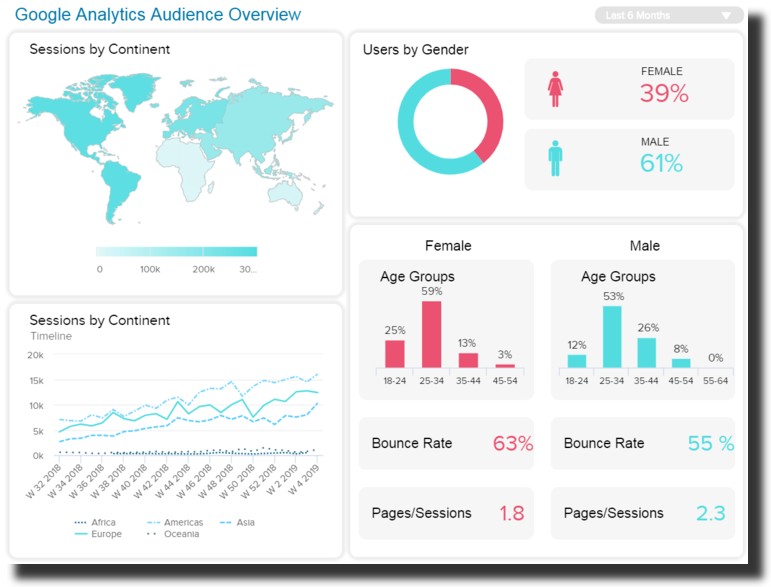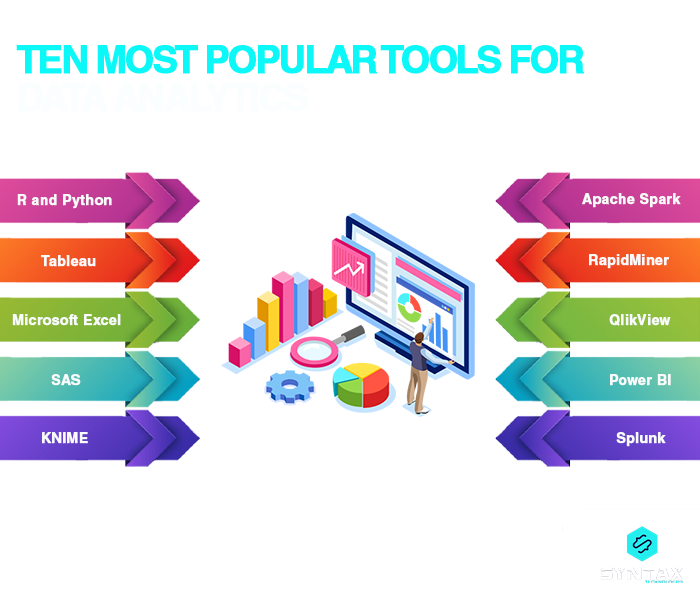Improve Customer Comprehending with Targeted Analytics Designs
Improve Customer Comprehending with Targeted Analytics Designs
Blog Article
Increase Efficiency and Productivity Via Information Analytics
In today's data-driven landscape, services are increasingly identifying the crucial function of information analytics in improving functional performance and success. By methodically evaluating information, organizations can uncover critical understandings that notify calculated decisions, simplify processes, and tailor consumer experiences.
Understanding Data Analytics
In today's data-driven landscape, recognizing data analytics is crucial for organizations aiming to boost operational efficiency and drive productivity. Information analytics involves the methodical computational evaluation of information sets to discover patterns, connections, and understandings that educate decision-making. By employing different strategies, such as analytical evaluation, machine knowing, and anticipating modeling, companies can change raw data into actionable knowledge.
The procedure typically begins with data collection, where appropriate details is collected from multiple sources, including transactional databases, customer interactions, and market trends. This data is then cleaned and organized to guarantee accuracy and consistency. Once the data is prepared, analytical tools and software are utilized to explore and visualize the information, enabling stakeholders to recognize abnormalities and fads.
Eventually, comprehending data analytics empowers companies to make enlightened choices based upon empirical proof instead of instinct. It promotes targeted approaches that can maximize resource allocation, improve customer contentment, and improve overall efficiency. As companies increasingly recognize the value of data-driven understandings, a solid grasp of information analytics ends up being an essential proficiency for groups and leaders alike, placing them for sustained success in an affordable atmosphere.

Key Advantages for Companies
Companies that leverage data analytics can open a wide range of benefits that considerably boost their operations and earnings. Among the primary advantages is boosted decision-making. Data analytics gives workable understandings derived from real-time data, permitting companies to make educated selections that align with market demands and customer choices.

In addition, information analytics cultivates boosted consumer experiences. By understanding customer behaviors and preferences, companies can tailor their offerings, causing boosted satisfaction and loyalty. This individualized technique often results in higher conversion prices and repeat business.
Additionally, data analytics allows companies to determine emerging trends and opportunities. By staying ahead of the contour, companies can take advantage of brand-new markets and advancements prior to their rivals.
Applying Data-Driven Methods
Successful implementation of data-driven strategies requires an extensive understanding of both offered information and business goals resources. Organizations should initially define their objectives plainly, guaranteeing alignment in between data campaigns and calculated objectives. This quality allows teams to concentrate on appropriate metrics and understandings that drive decision-making.
Next, businesses need to examine their existing data facilities. This involves examining data top Going Here quality, ease of access, and integration abilities. Premium information is vital for exact analysis, as bad information can bring about misdirected approaches and squandered sources. Organizations must develop procedures for data collection, cleaning, and monitoring to maintain data stability.
Moreover, cultivating a data-driven culture is important. Staff members at all levels ought to be motivated to take advantage of information in their day-to-day procedures. Educating programs and workshops can enhance data literacy, equipping personnel to make educated choices based upon logical insights.
Devices and Technologies Summary
A robust collection of tools and modern technologies is necessary for companies intending to harness the complete capacity of data analytics. These tools help with the collection, processing, and visualization of data, enabling businesses useful content to derive actionable understandings.
At the fundamental degree, data management systems such as SQL databases and NoSQL systems give efficient information storage space and retrieval capacities. For information handling and analysis, programming languages like Python and R, together with frameworks such as Apache Flicker, make it possible for complex calculations and maker knowing applications.
Visualization tools, including Tableau and Power BI, change raw data right into intuitive visual layouts, making understandings accessible to stakeholders in any way levels. In addition, cloud-based platforms like Google Cloud and AWS provide scalable storage space and processing remedies, suiting why not try these out the expanding volumes of information companies run into.
For sophisticated analytics, predictive modeling and AI-driven options are progressively embraced, permitting business to anticipate fads and enhance decision-making procedures. Integrating these tools right into existing workflows is critical; companies that successfully take advantage of this technology can dramatically enhance functional effectiveness and drive success. Therefore, investing in the right tools and technologies is a strategic important for any type of data-driven organization.
Study of Success
Leveraging data analytics has led countless companies to achieve impressive improvements in performance and success. One noteworthy instance is a large retail chain that executed predictive analytics to enhance supply administration. By assessing historic sales data and consumer fads, the firm reduced excess supply by 30%, causing considerable expense financial savings and boosted capital.
One more example can be discovered in the manufacturing industry, where a leading automobile maker made use of information analytics to improve its production processes. By keeping track of machine efficiency in real-time, the organization determined bottlenecks and ineffectiveness, resulting in a 20% boost in overall equipment performance (OEE) This not just increased manufacturing prices however additionally lessened downtime and maintenance costs.

These instance studies show exactly how information analytics can drive tactical decision-making, maximize processes, and eventually enhance both effectiveness and earnings across different sectors.
Conclusion
In verdict, the assimilation of information analytics right into business operations presents substantial opportunities for enhancing efficiency and earnings. By methodically analyzing data, organizations can determine ineffectiveness, enhance client experiences, and make notified decisions.
In today's data-driven landscape, understanding data analytics is important for organizations aiming to boost functional performance and drive earnings. Data analytics involves the systematic computational analysis of information collections to discover patterns, correlations, and understandings that educate decision-making. Information analytics provides workable insights derived from real-time information, permitting services to make educated choices that straighten with market needs and consumer choices.
High-grade information is vital for accurate evaluation, as bad data can lead to illinformed methods and wasted sources. Organizations needs to establish procedures for data collection, cleansing, and administration to maintain information integrity.
Report this page